I am not dead!
That is right. Although I’ve not posted here for a very long time it is with good reason … I co-founded the virtual reality company, Frame VR.
For the past 2 years, we have been busy working away on some very cool VR projects across a variety of sectors. Some of those projects have included training. Below are several examples:
FPSO
A prototype training app for an FPSO (Floating production storage and offloading) ship.
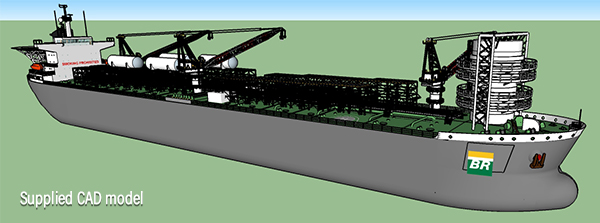
For this project I took a supplied CAD model (See above) and rebuilt the model in Houdini as Houdini Digital Assets (HDAs) The HDAs allowed me to interactively change the geometry resolution of individual parts, making it extremely easy to generate multiple levels of detail (LODs)
HDAs are also able to be loaded into the Unity3D game engine via the Houdini Engine plugin. This means I was able to use the full power of procedural modelling tools in Houdini within Unity3D, whilst rebuilding and populating the FPSO.

Some of the other pieces I built as HDAs:
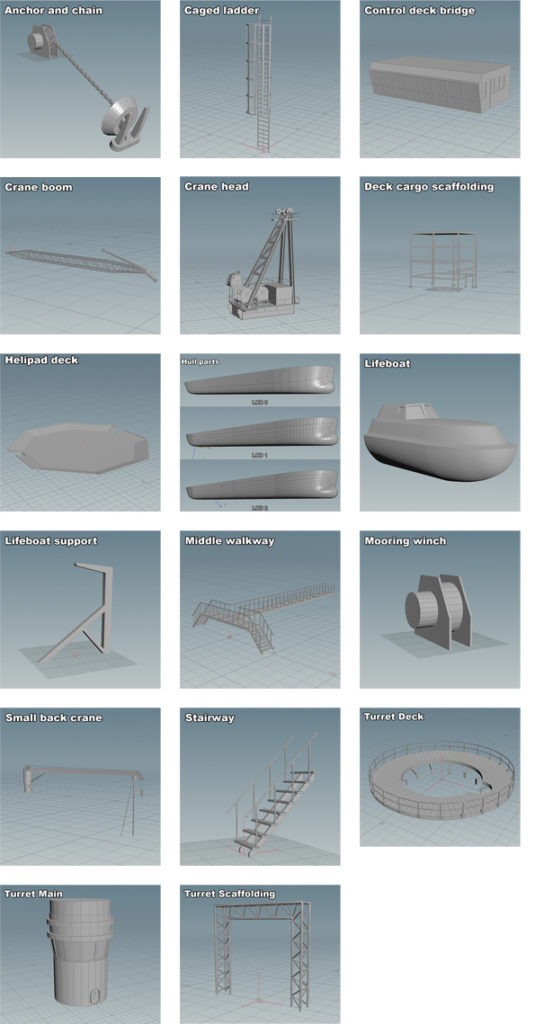
For the final scene in Unity3D, I lit and baked lighting, created materials for all the objects (Using Substance Designer), programmed the ocean shader, added audio, programmed ship rocking, and integrated SteamVR.
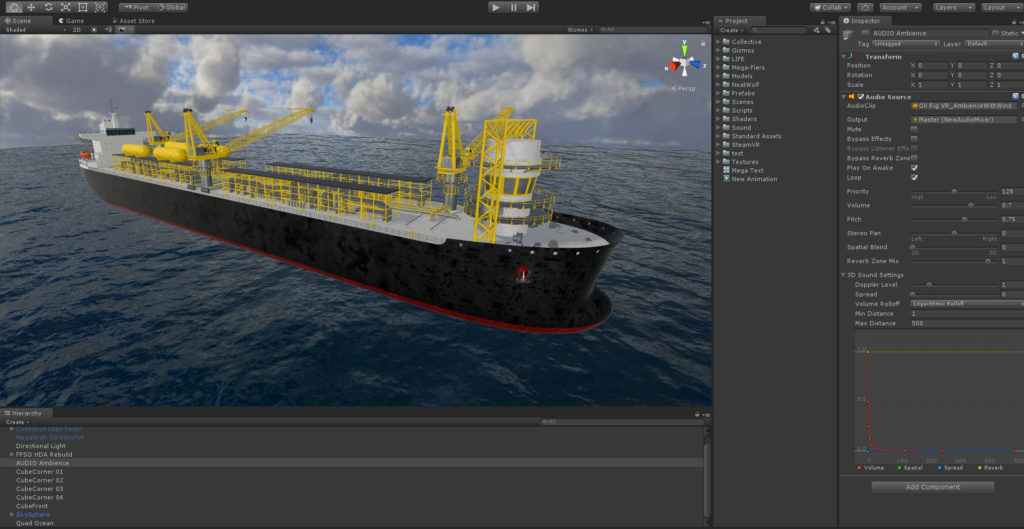
Overall the project was an interesting one. Using Houdini HDAs for the first time helped me to complete all the modelling in around 3 weeks with an additional week or so to set everything up in Unity3D. I think this workflow will be incredibly useful in the future.
Control room
Another prototype I worked on was a real-time version of my previous Control Room project for oil and gas giant, Inpex.
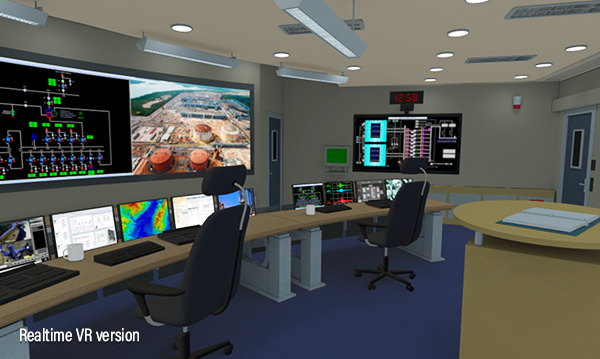
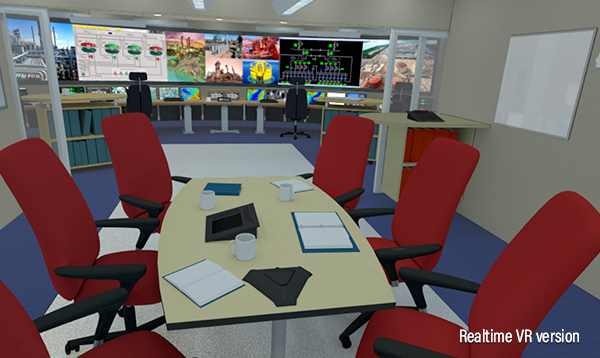
Originally the project used iRay as the render engine in 3ds Max taking around an hour to render out stills with additional Photoshop post work done afterwards. The above screen grabs are running at around 90fps on the HTC Vive with an nVidia GTX 1080Ti graphics card.
For this realtime time version, I experimented with using OTOY’s Octane renderer to bake lighting maps. I then wrote a custom shader in Unity3D to mix diffuse, normal, and Octane generated lightmaps. I also wrote a system for triggering the alarm system, which uses Unity’s light projectors to simulate flashing/rotating emergency lighting.
EWP
For our EWP (Elevated Work Platform) demo I worked with a small team to create and deliver an example of an interactive training experience.
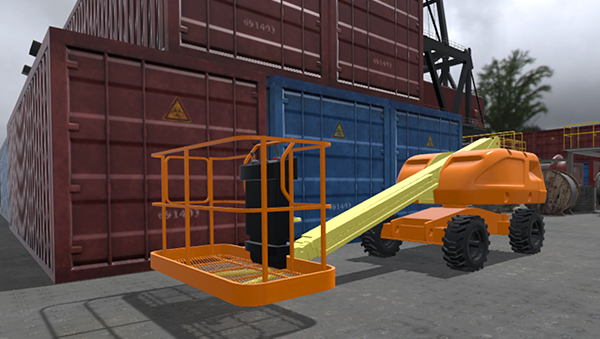
The demo allows a user in VR to teleport themselves around a docks type area to an EWP. Here they can then move into the control basket and use the various virtual joysticks, knobs, and buttons to operate the machine.
For this demo, we created a simple scenario where a user must navigate themselves into the control basket. Start the EWP up and drive to a nearby valve. Once at the valve they can turn a wheel to simulate opening a valve to release pipe pressure.
Real estate
In addition to oil & gas and training demos, we also investigated using VR for the real estate industry.
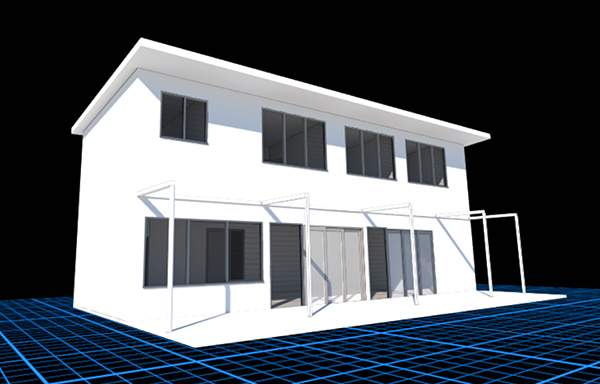
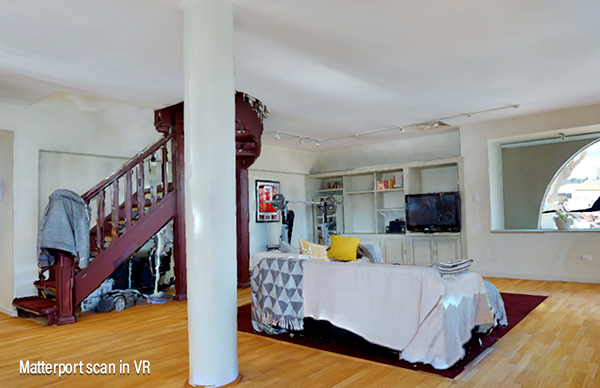
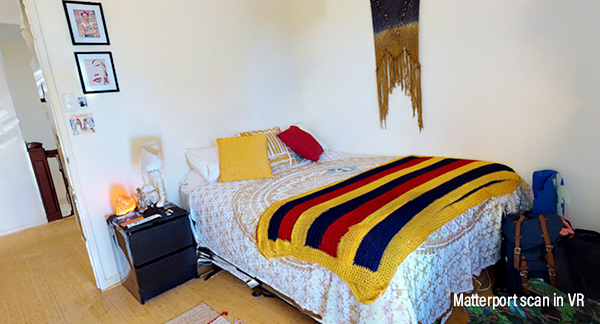
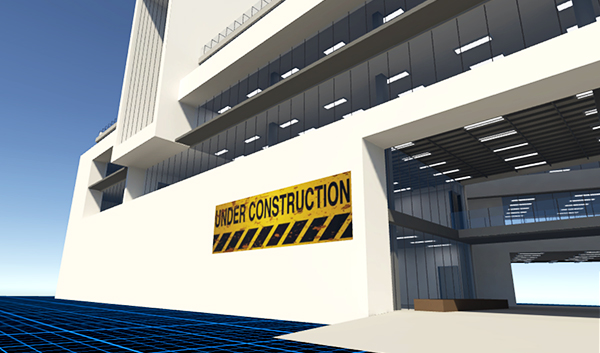
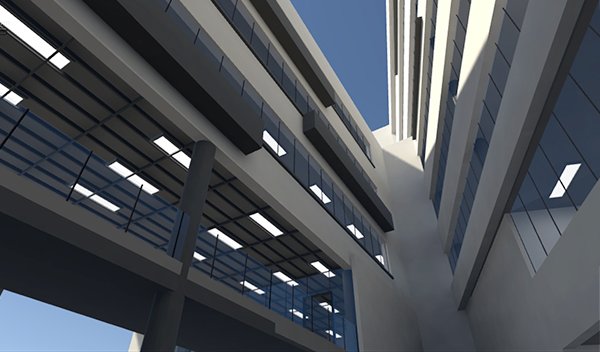
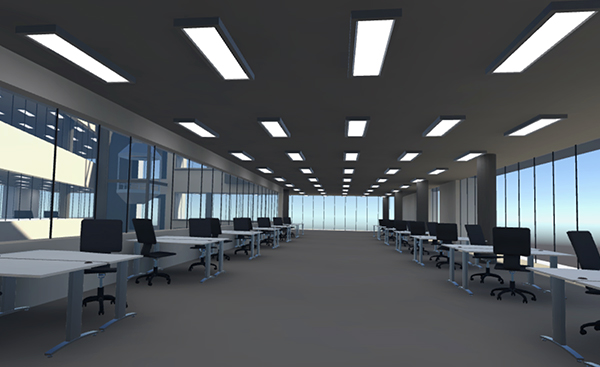
For this (And some of the previous examples) we also investigated networking VR headsets together to allow for a shared experience. We had networking running both on a local network as well as across the internet and even on 4G mobile phone networks.